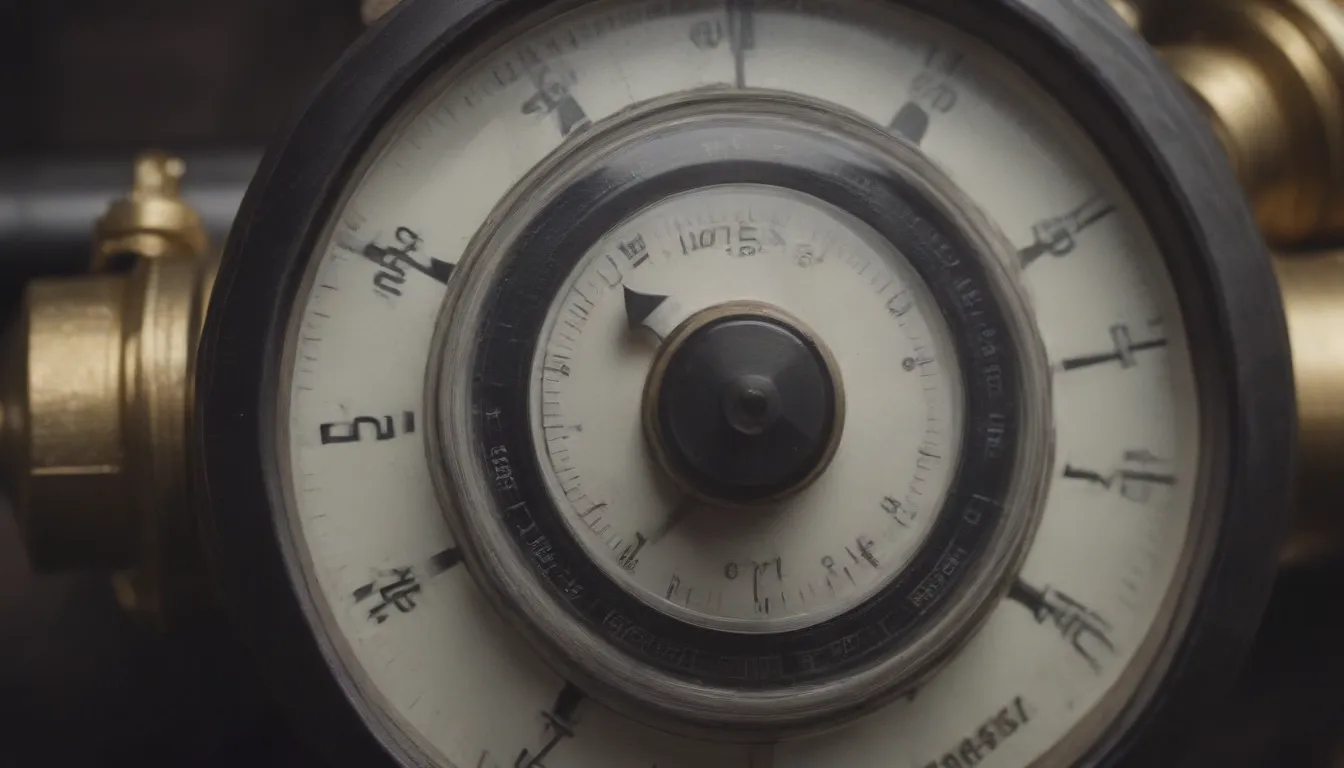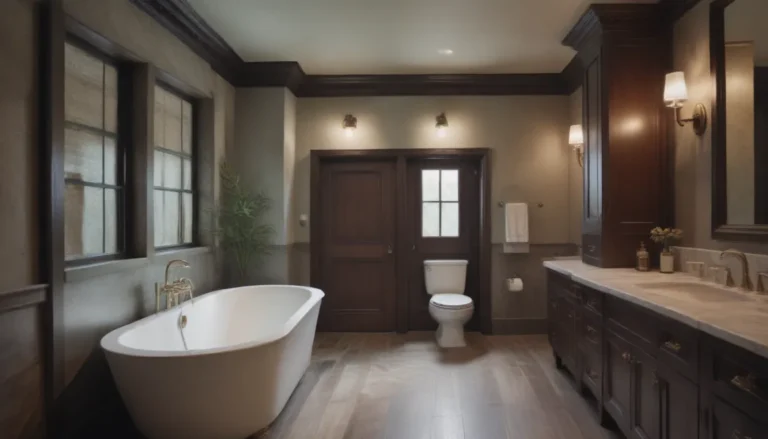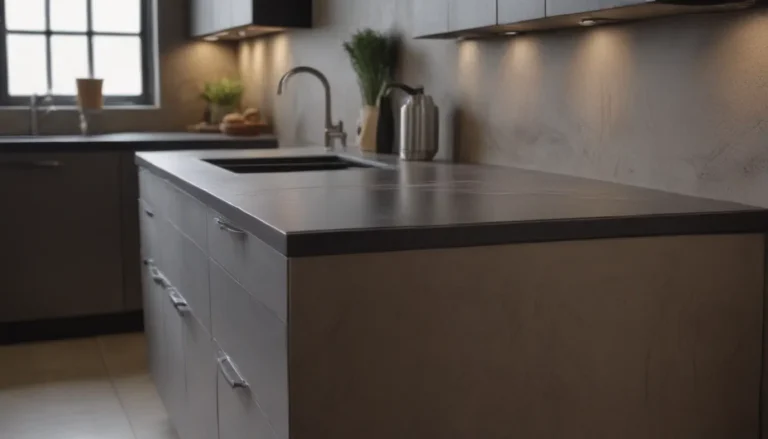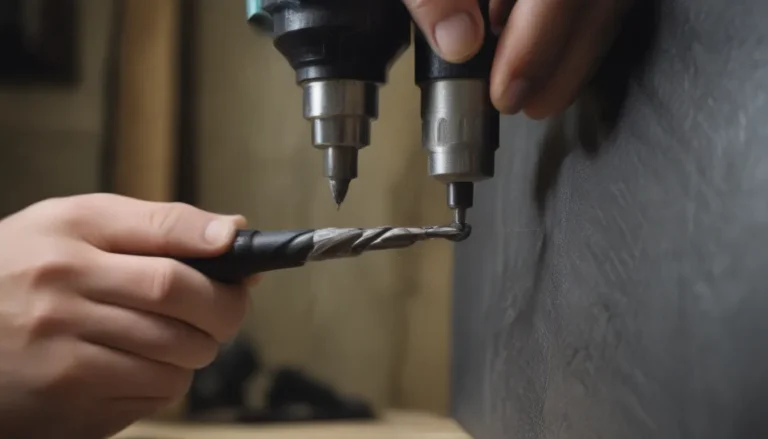Everything You Need to Know About Water Pressure Regulators

If you’re like most homeowners, you probably don’t give much thought to the water pressure in your home. However, maintaining the right water pressure is crucial to prevent plumbing issues and ensure the longevity of your fixtures and appliances. This is where water pressure regulators come into play. In this comprehensive guide, we’ll explore what water pressure regulators are, how they work, when you need one, how to identify common problems, and the cost of installation and replacement.
What Is a Water Pressure Regulator?
A water pressure regulator is a specialized valve designed to reduce the incoming water pressure to a manageable level for your home’s plumbing system. These regulators are typically installed where the main water line enters your home, just after the main shutoff valve. They are essential in situations where the municipal water supply has high pressure or where the water pressure is irregular.
Benefits of a Water Pressure Regulator:
– Protects valves, faucets, appliances, pipes, and plumbing fittings
– Reduces stress on the plumbing system
– Prevents leaks and breakdowns in appliances
How Does a Water Pressure Regulator Work?
A water pressure regulator is a dome-shaped brass fitting with a variable spring-loaded diaphragm inside. This diaphragm automatically adjusts based on the amount of water pressure entering the valve. When the water pressure is high, the inner mechanism constricts the diaphragm, reducing the flow of water and lowering the pressure. Conversely, when the pressure drops, the diaphragm opens wider to allow more water through.
Steps to Adjust a Water Pressure Regulator:
1. Locate the adjustment screw on top of the regulator.
2. Tighten the screw to increase the tension on the spring and reduce outgoing water pressure.
3. Loosen the screw to allow water to flow more freely and increase the pressure.
Do You Need a Water Pressure Regulator?
Normal water pressure for home plumbing fixtures is around 50 psi, but municipal water supplies can have pressures as high as 150-200 psi. To determine if you need a water pressure regulator, you can test the water pressure of your main water supply using a simple pressure gauge. Pressure over 80 psi is considered excessive and can cause damage to your plumbing system.
Signs You Need a Water Pressure Regulator:
– Water pressure above 80 psi
– Fluctuating water pressure
– Leaking pipes and fixtures
– Appliances breaking down
How to Identify a Water Pressure Regulator
To find out if you have a water pressure regulator, locate where the main water line enters your home and locate the main shut-off valve. The regulator is typically installed directly after the main shut-off valve. If you cannot find a regulator, it’s likely that your home does not have one installed.
Tips for Locating a Water Pressure Regulator:
– Check in the basement, garage, or crawlspace
– Look for the regulator downstream of the main shut-off valve
– Refer to a home inspection report for regulator information
How Long Do Water Pressure Regulators Last?
Water pressure regulators can last from four to 12 years in a healthy plumbing system. However, it’s recommended to replace them every five years to prevent damage from high water pressure. Signs of a failing regulator include water hammering, variations in water pressure, and ineffective adjustment screw.
When to Replace a Water Pressure Regulator:
– Water hammering
– Inconsistent water pressure
– Ineffective adjustment screw
Common Water Pressure Regulator Problems
While water pressure regulators are effective in reducing strain on your plumbing system, they can develop issues over time. Common problems include fluctuating water pressure, high water pressure, low water pressure, leaking pipes, and noisy pipes. If you experience any of these issues, it may be time to replace the regulator.
Common Water Pressure Regulator Problems:
– Fluctuating water pressure
– High or low water pressure
– Leaking pipes and fixtures
– Noisy pipes (water hammering)
How to Replace and Install a Water Pressure Regulator
Replacing a water pressure regulator is relatively straightforward if the plumbing system is in good condition and the original installation was done correctly. However, installing a new regulator can be more challenging, especially if threaded couplings are not already in place. It may be best to hire a plumber for a new installation to ensure it’s done correctly.
Steps to Replace a Water Pressure Regulator:
1. Turn off the main water supply.
2. Remove the old regulator by unscrewing it.
3. Install the new regulator using threaded couplings.
4. Turn on the water supply and adjust the pressure as needed.
How Much Do Water Pressure Regulators Cost?
The cost of a water pressure regulator installation can vary depending on whether you hire a professional plumber or do it yourself. On average, water pressure regulators cost between $50 to $100, but installation costs can range from $250 to $450. DIY installation requires purchasing additional tools and materials, while hiring a plumber provides expertise and ensures proper installation.
Cost Factors for Water Pressure Regulators:
– Regulator price ($50 to $100)
– Installation cost ($250 to $450)
– Tools and materials for DIY installation
In conclusion, water pressure regulators are essential components of a healthy plumbing system. They help maintain optimal water pressure, protect fixtures and appliances, and prevent costly damage. By understanding how water pressure regulators work, identifying common problems, and knowing when to replace them, you can ensure your home’s plumbing system operates smoothly for years to come. If you’re experiencing issues with water pressure, consider checking your water pressure regulator to see if it needs maintenance or replacement.





